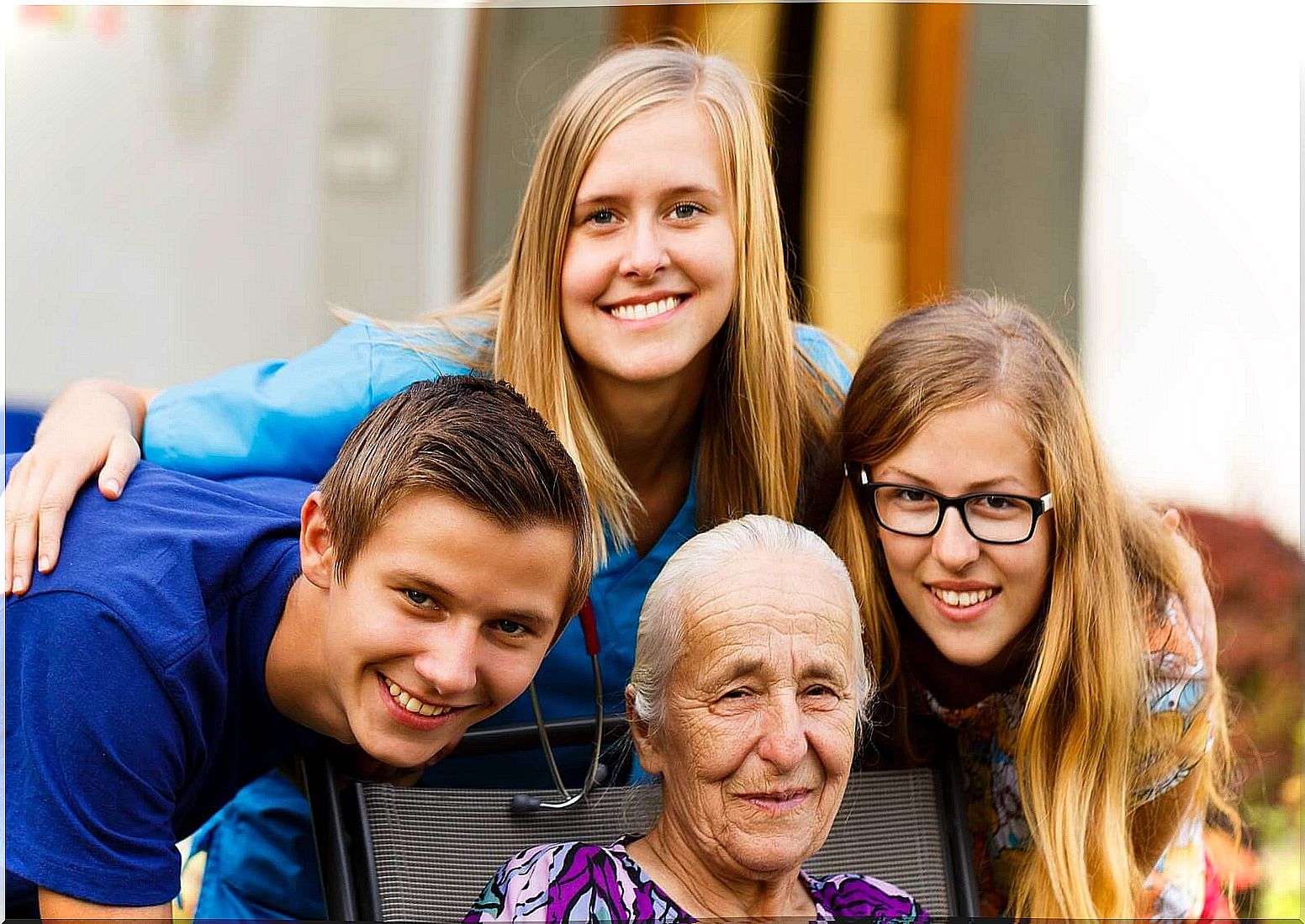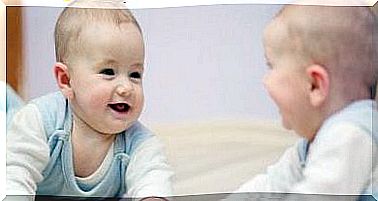How To Explain Alzheimer’s To Children

Alzheimer’s is a neurodegenerative disease. Therefore, it is not uncommon for children to have a relative or know someone close to them who suffers from this form of dementia. In these cases, how should Alzheimer’s be explained to the little ones in the house? Let’s give you some ideas below.
However, first it is necessary to make it clear that, in order to explain Alzheimer’s in a simple and understandable way for children, it is necessary to be sufficiently informed.
Therefore, it is advisable to read a lot about the subject in advance and, if you feel it is necessary, to contact an association linked to Alzheimer’s to clarify all possible doubts about this severe disease and its development.
How to explain Alzheimer’s to children?
Explaining Alzheimer’s to children is not an easy task. For this reason, we have compiled the following list in which we will present some tips that you might find useful. Make a note of each one!

1. Finding the right time for explanation
When talking to children about Alzheimer’s, it’s important to find the right time. This conversation should take place in a calm, relaxed and distraction-free environment.
In addition, it is essential to have the time available to properly explain and calmly resolve all the doubts and concerns of children related to the disease.
2. Explain Alzheimer’s clearly and concisely
During the explanation, try to be concise and direct, and use simple and clear language, adapted to the children’s ages.
It is important that children understand that the Alzheimer not merely the loss of memory, but it is a disease that affects the functioning of the brain and that, over time, can also affect the body’s functioning.
Therefore, they must be prepared to observe many changes in the way of being and acting of the person who suffers from Alzheimer’s, which is especially difficult when it comes to a grandfather or a grandmother, or another family member with whom there is a close emotional relationship. .
3. Show support and understanding of children’s reactions
After the explanation, it’s time to wait for the children’s reaction. According to the Alzheimer’s Association , some of the feelings and behaviors that children commonly exhibit are:
- Sadness, because of the way a person with Alzheimer’s will change.
- Curiosity about the disease.
- Frustration at the new situation.
- Concern about the different ways in which a person with Alzheimer’s can act.
- Fear of the possibility that other loved ones, or that they themselves, contract the disease too.
- Insecurity about how to deal with the person with Alzheimer’s.
Faced with these reactions, it is necessary to provide comfort and support and try to make the children understand that these emotions are completely normal and that, little by little, they will learn to manage them.
4. Use children’s and youth books about Alzheimer’s
Currently, there is a wide variety of children’s and youth books on the market that aim to help little ones understand Alzheimer’s. Stories are a good way to explain this disease to children because it combines the imagination with reality.

The Importance of Explaining Alzheimer’s to Children
It is important to explain Alzheimer’s to children, especially if they are going to have contact, both permanent and sporadic, with a person with this disease. Otherwise, little ones may be scared or confused by the dementia behavior of this person, unable to understand what is happening and why he is acting in this way.
In short, if you have to face such a situation, remember to follow the tips we’ve shown you. You can certainly explain Alzheimer’s to children better than you think!









